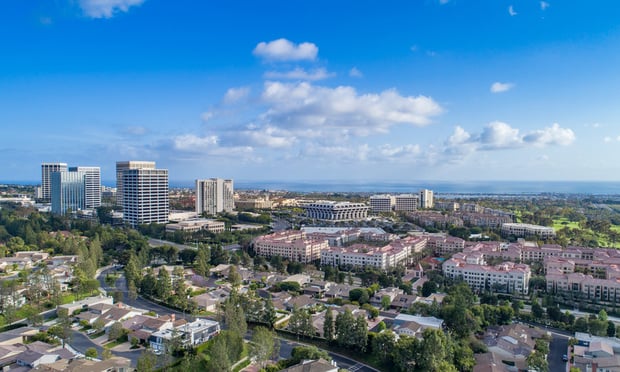Prices declined an average of 3% across the board during August, the month measured by the October CPPI issued on Tuesday. That compares to 8% drops during April and May of this year, followed by declines of 1% for June and 5.1% for July. Commercial property prices have now fallen 40.6% from their peak in October 2007, and 32.8% from a year ago, according to Real Estate Analytics, which prepares the CPPI for Moody's.
"It looks as though we're finally reaching levels that some people believe represent fair value," Neal Elkin, president of REAL, tells GlobeSt.com. "You've got this combination of moving enough so that there's an opportunity at these levels, and growing pressure on the distressed sellers to cross the bid-offer spread and move the assets. Both of these things are contributing to stabilization of prices and a slight uptick in volume, although nothing I can get really excited about."
August saw 377 transactions totaling nearly $4.8 billion. That compares to a July tally of $3.6 billion from slightly more than 300 sales.
Noting that August is traditionally a slow month, Elkin cautions, "It's still early" to say a bottom is in sight. "It's been such an unpredictable year, that it's hard to get a lot of comfort" from the August uptick. "There's too much volatility and uncertainty to be able to say that because the volume went up in a slow month, it's really twice as big." Nonetheless, he says, "These are some positive things to grab hold of. If volume had dropped by another 30%, it would be a concern. The absence of that is positive."
Elkin says he'd like to see "a gradual increase in volume, with prices becoming very stable. God forbid we actually see an uptick in prices; I don't think we're going to see that any time soon, but we may. Even on a trend-line up or down, there are still some counter-months, as you'll see in any stock price."
He adds, "I don't know what next month will bring, but clearly, seeing prices stabilize through the end of this year would be a positive thing." By year-end prices, Elkin means December data that would be reported in the February 2010 CPPI.
Even if prices stabilize, Elkin points out, "You'll still have enormous refinancing pressure that will come to bear in '10 and 2011, although it's possible that a lot of that is priced in." The Obama administration's alphabet soup of programs such as TALF and PPIP could take some of that pressure off, he says. "Anything that provides some easing of credit conditions would be seen as positive."
The October CPPI report notes that if commercial real estate prices had grown at the same pace as inflation since December 2000, when the index was launched, "values would be higher now than they are currently." As it is, the Consumer Price Index and the CPPI crossed paths in June of this year, when commercial property prices reached a level last seen in early 2004.
Want to continue reading?
Become a Free ALM Digital Reader.
Once you are an ALM Digital Member, you’ll receive:
- Breaking commercial real estate news and analysis, on-site and via our newsletters and custom alerts
- Educational webcasts, white papers, and ebooks from industry thought leaders
- Critical coverage of the property casualty insurance and financial advisory markets on our other ALM sites, PropertyCasualty360 and ThinkAdvisor
Already have an account? Sign In Now
*May exclude premium content© 2024 ALM Global, LLC, All Rights Reserved. Request academic re-use from www.copyright.com. All other uses, submit a request to [email protected]. For more information visit Asset & Logo Licensing.








